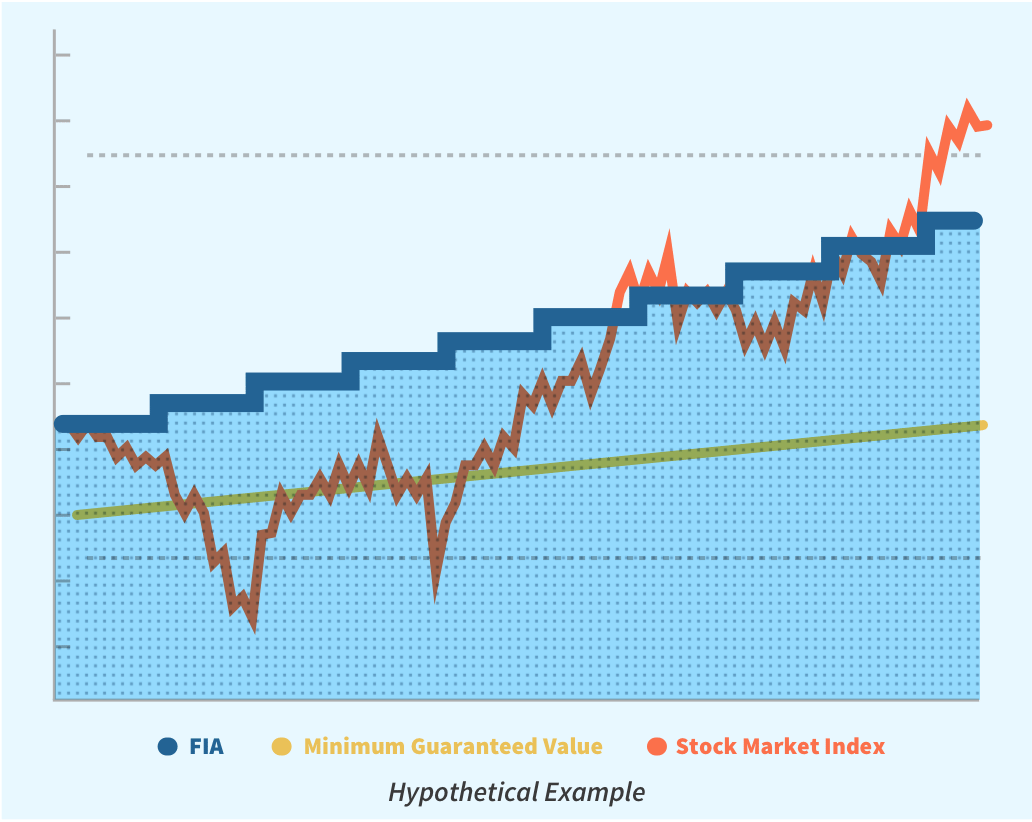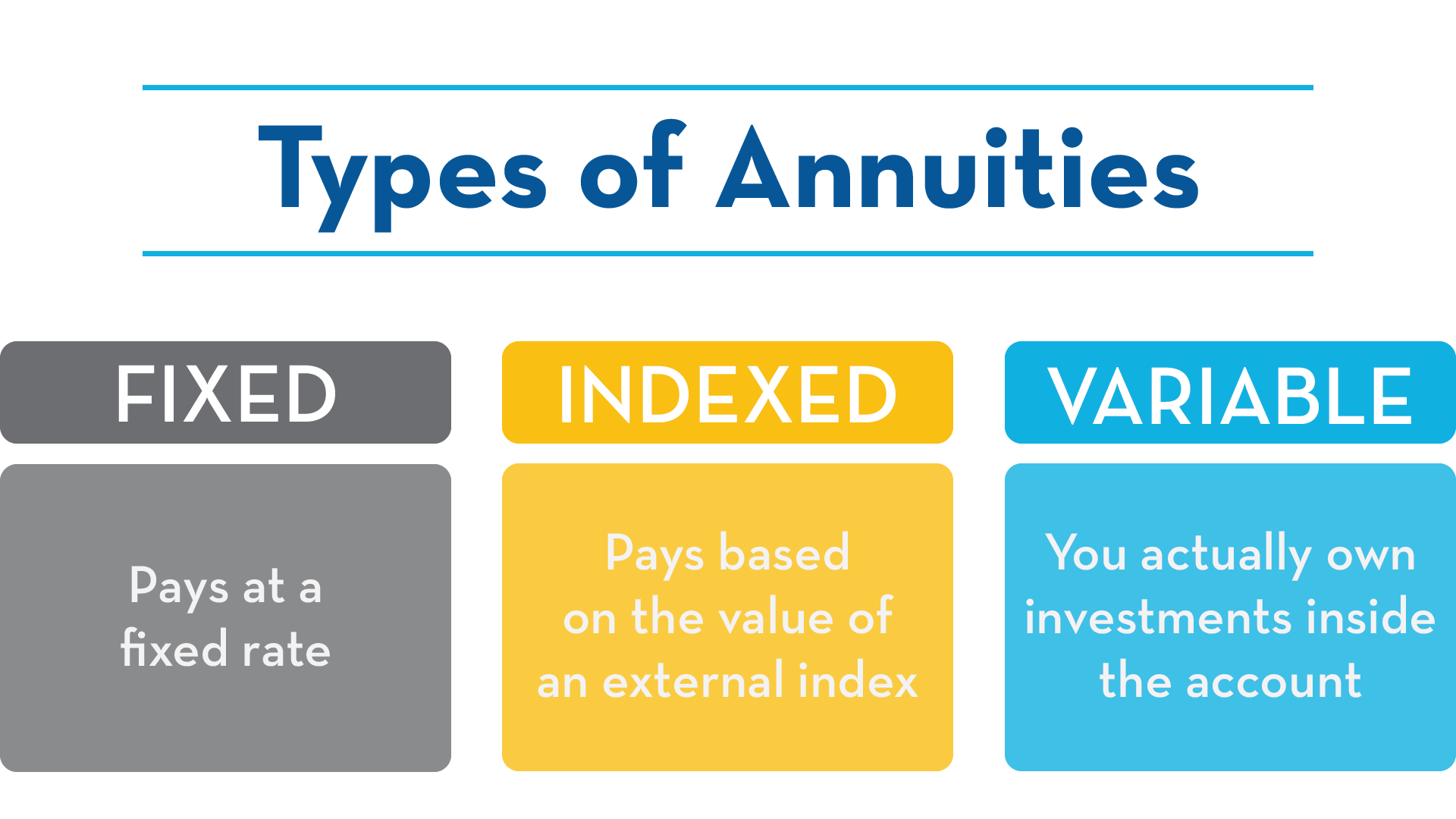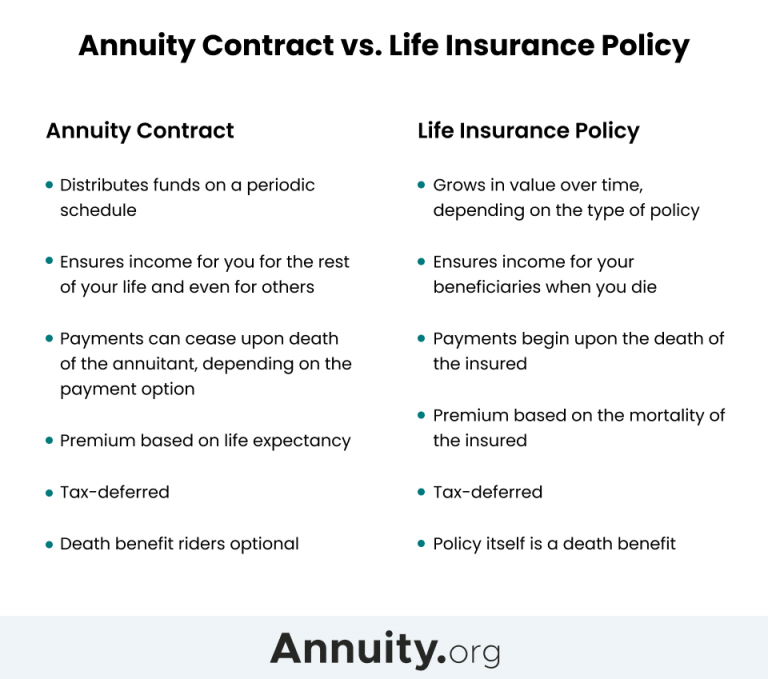All Categories
Featured
Table of Contents
Simply as with a fixed annuity, the owner of a variable annuity pays an insurance provider a round figure or series of repayments in exchange for the promise of a series of future settlements in return. But as discussed over, while a repaired annuity expands at an assured, continuous price, a variable annuity grows at a variable price that depends upon the efficiency of the underlying financial investments, called sub-accounts.

Throughout the build-up phase, possessions invested in variable annuity sub-accounts expand on a tax-deferred basis and are tired just when the contract owner withdraws those earnings from the account. After the buildup stage comes the earnings stage. Over time, variable annuity possessions should in theory increase in worth up until the contract proprietor chooses he or she would certainly like to start taking out money from the account.
One of the most substantial issue that variable annuities commonly present is high expense. Variable annuities have numerous layers of charges and expenses that can, in aggregate, create a drag of approximately 3-4% of the contract's value each year. Below are one of the most typical charges connected with variable annuities. This cost makes up the insurance provider for the danger that it thinks under the terms of the contract.
Breaking Down Fixed Income Annuity Vs Variable Growth Annuity Everything You Need to Know About Financial Strategies Defining Fixed Index Annuity Vs Variable Annuity Features of Smart Investment Choices Why Choosing the Right Financial Strategy Can Impact Your Future How to Compare Different Investment Plans: Simplified Key Differences Between Different Financial Strategies Understanding the Key Features of Long-Term Investments Who Should Consider Strategic Financial Planning? Tips for Choosing Fixed Vs Variable Annuity Pros Cons FAQs About Planning Your Financial Future Common Mistakes to Avoid When Choosing Annuities Variable Vs Fixed Financial Planning Simplified: Understanding Your Options A Beginner’s Guide to Smart Investment Decisions A Closer Look at Fixed Index Annuity Vs Variable Annuity
M&E cost costs are computed as a percent of the agreement value Annuity providers pass on recordkeeping and various other administrative costs to the agreement proprietor. This can be in the form of a level yearly fee or a portion of the contract worth. Management charges may be included as part of the M&E threat charge or may be analyzed separately.
These fees can vary from 0.1% for easy funds to 1.5% or even more for actively handled funds. Annuity agreements can be personalized in a variety of methods to serve the certain needs of the contract owner. Some common variable annuity riders consist of assured minimal buildup benefit (GMAB), guaranteed minimum withdrawal benefit (GMWB), and ensured minimum earnings advantage (GMIB).

Variable annuity payments offer no such tax obligation deduction. Variable annuities have a tendency to be very inefficient vehicles for passing riches to the following generation because they do not appreciate a cost-basis adjustment when the initial agreement owner dies. When the proprietor of a taxed financial investment account passes away, the price bases of the investments kept in the account are readjusted to mirror the market prices of those financial investments at the time of the owner's death.
Analyzing Strategic Retirement Planning Everything You Need to Know About Financial Strategies What Is the Best Retirement Option? Benefits of Variable Vs Fixed Annuity Why Fixed Income Annuity Vs Variable Growth Annuity Is a Smart Choice Tax Benefits Of Fixed Vs Variable Annuities: How It Works Key Differences Between Fixed Vs Variable Annuities Understanding the Rewards of Long-Term Investments Who Should Consider Fixed Income Annuity Vs Variable Annuity? Tips for Choosing the Best Investment Strategy FAQs About Planning Your Financial Future Common Mistakes to Avoid When Choosing a Financial Strategy Financial Planning Simplified: Understanding Your Options A Beginner’s Guide to Smart Investment Decisions A Closer Look at How to Build a Retirement Plan
Such is not the situation with variable annuities. Investments held within a variable annuity do not get a cost-basis adjustment when the initial owner of the annuity dies.
One substantial concern connected to variable annuities is the potential for disputes of rate of interest that might feed on the part of annuity salespeople. Unlike a monetary advisor, who has a fiduciary obligation to make investment decisions that benefit the customer, an insurance coverage broker has no such fiduciary responsibility. Annuity sales are very lucrative for the insurance coverage specialists who offer them as a result of high upfront sales commissions.

Several variable annuity agreements include language which positions a cap on the portion of gain that can be experienced by specific sub-accounts. These caps prevent the annuity proprietor from completely taking part in a portion of gains that might or else be appreciated in years in which markets produce significant returns. From an outsider's point of view, it would certainly appear that capitalists are trading a cap on investment returns for the aforementioned guaranteed flooring on investment returns.
As kept in mind over, give up fees can drastically restrict an annuity proprietor's capacity to relocate possessions out of an annuity in the early years of the contract. Better, while most variable annuities permit contract owners to withdraw a defined quantity during the accumulation phase, withdrawals beyond this quantity commonly cause a company-imposed fee.
Withdrawals made from a fixed passion rate investment alternative could additionally experience a "market price adjustment" or MVA. An MVA adjusts the worth of the withdrawal to reflect any adjustments in rates of interest from the time that the cash was purchased the fixed-rate choice to the moment that it was withdrawn.

Fairly frequently, also the salesmen that offer them do not completely understand just how they work, therefore salespeople in some cases take advantage of a purchaser's feelings to market variable annuities as opposed to the advantages and viability of the items themselves. Our team believe that financiers must completely understand what they possess and just how much they are paying to possess it.
Understanding Immediate Fixed Annuity Vs Variable Annuity Everything You Need to Know About Financial Strategies Defining Fixed Indexed Annuity Vs Market-variable Annuity Pros and Cons of Various Financial Options Why Tax Benefits Of Fixed Vs Variable Annuities Is a Smart Choice How to Compare Different Investment Plans: Simplified Key Differences Between Fixed Vs Variable Annuities Understanding the Risks of Long-Term Investments Who Should Consider Strategic Financial Planning? Tips for Choosing Annuities Variable Vs Fixed FAQs About Annuities Variable Vs Fixed Common Mistakes to Avoid When Choosing Fixed Income Annuity Vs Variable Growth Annuity Financial Planning Simplified: Understanding Fixed Vs Variable Annuity Pros And Cons A Beginner’s Guide to Fixed Indexed Annuity Vs Market-variable Annuity A Closer Look at How to Build a Retirement Plan
Nevertheless, the same can not be said for variable annuity properties kept in fixed-rate investments. These assets legitimately come from the insurance provider and would certainly as a result be at threat if the firm were to fall short. Any type of assurances that the insurance company has concurred to give, such as an ensured minimum revenue advantage, would certainly be in inquiry in the event of a business failing.
Consequently, potential buyers of variable annuities ought to recognize and think about the monetary condition of the releasing insurance provider before participating in an annuity contract. While the benefits and downsides of various sorts of annuities can be disputed, the genuine issue bordering annuities is that of suitability. Place simply, the inquiry is: who should have a variable annuity? This question can be challenging to answer, given the myriad variants readily available in the variable annuity cosmos, but there are some fundamental guidelines that can aid investors determine whether or not annuities ought to play a function in their financial plans.
As the claiming goes: "Customer beware!" This post is prepared by Pekin Hardy Strauss, Inc. Best annuities for long-term planning. ("Pekin Hardy," dba Pekin Hardy Strauss Riches Management) for informative objectives just and is not planned as a deal or solicitation for organization. The information and data in this post does not comprise lawful, tax obligation, audit, financial investment, or various other specialist advice
Table of Contents
Latest Posts
Exploring Immediate Fixed Annuity Vs Variable Annuity A Closer Look at How Retirement Planning Works Defining the Right Financial Strategy Pros and Cons of Variable Annuity Vs Fixed Indexed Annuity Wh
Breaking Down Your Investment Choices A Comprehensive Guide to Investment Choices Breaking Down the Basics of Variable Vs Fixed Annuity Advantages and Disadvantages of Different Retirement Plans Why A
Decoding How Investment Plans Work Everything You Need to Know About Financial Strategies What Is the Best Retirement Option? Benefits of Choosing the Right Financial Plan Why Choosing the Right Finan
More
Latest Posts